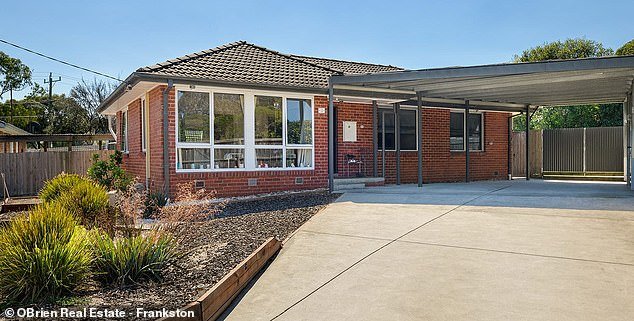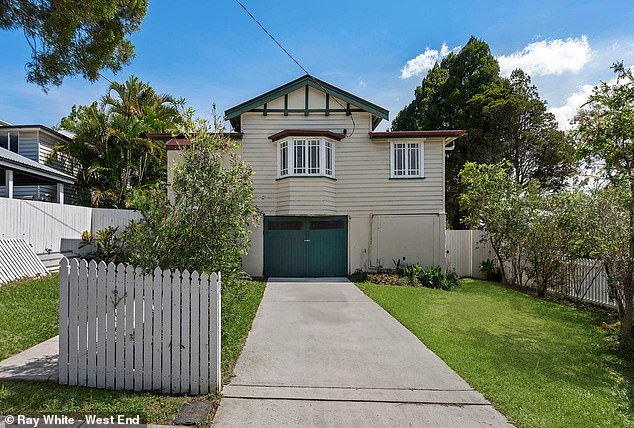The surprising major city in Australia where houses are still affordable
Melbourne is still a surprisingly affordable city for middle-income borrowers who want to buy a waterfront home and travel a reasonable distance from the city, new figures show.
Unlike Sydney, Brisbane, Perth and Adelaide, the average house price has not risen by double digits in the past year.
Intriguingly, the average house price in Melbourne has also grown slower than wages, despite the large influx of overseas migrants, with Brisbane now on track to overtake.
In the year to April, house prices rose 3 percent at the midpoint, well below the wage price index of 4.2 percent, new CoreLogic data released on Wednesday showed.
While the median house price of $941,698 is still expensive, there are suburbs near Port Phillip Bay where the median price is still under $600,000.
Melbourne is still a surprisingly affordable city for middle-income borrowers who want to buy a waterfront home and travel a reasonable distance from the city (pictured is a man outside Flinders Street Station)

Frankston North, an hour’s train ride 53km south-east of the city, has an average house price of $597,429, making it affordable for an average, full-time worker with $98,218
Frankston North, an hour’s train ride 33 miles southeast of the city, has a median house price of $597,429, making it affordable for an average, full-time worker of $98,218.
Living on the water is now cheaper than doing the same 50km north of Brisbane, where Caboolture’s average house price is $660,993.
The average house price in Brisbane has risen 15.9 per cent in the past year to $920,046, putting the country within striking distance of overtaking Melbourne.
But it was far from the only state capital to see prices rise, with Perth’s median house value rising 21.3 per cent to $753,947, while the midpoint of Adelaide rose 13.9 per cent to $800,648.
Sydney is still Australia’s most expensive capital with an average house price of $1.421 million, but its annual growth rate of 9.6 percent is a moderation from the double-digit figures of 2023 and early 2024.

Brisbane’s average house price has risen 15.9 per cent in the past year to $920,046, putting it within striking distance of overtaking Melbourne (pictured is a house in Moorooka)
Canberra is Australia’s second most loved city with an average house price of $972,699, but its annual growth rate of 2.8 per cent was also weaker than the wage price index.
Hobart was the only state capital to see prices decline, with house prices falling 0.2 per cent to $692,004.
Darwin’s average house price grew by just 1.4 per cent to $579,229.
Australian property prices rose for the 15th month in a row in April, with values up 11.1 per cent or $78,000 since hitting a low in January last year to $779,817.
